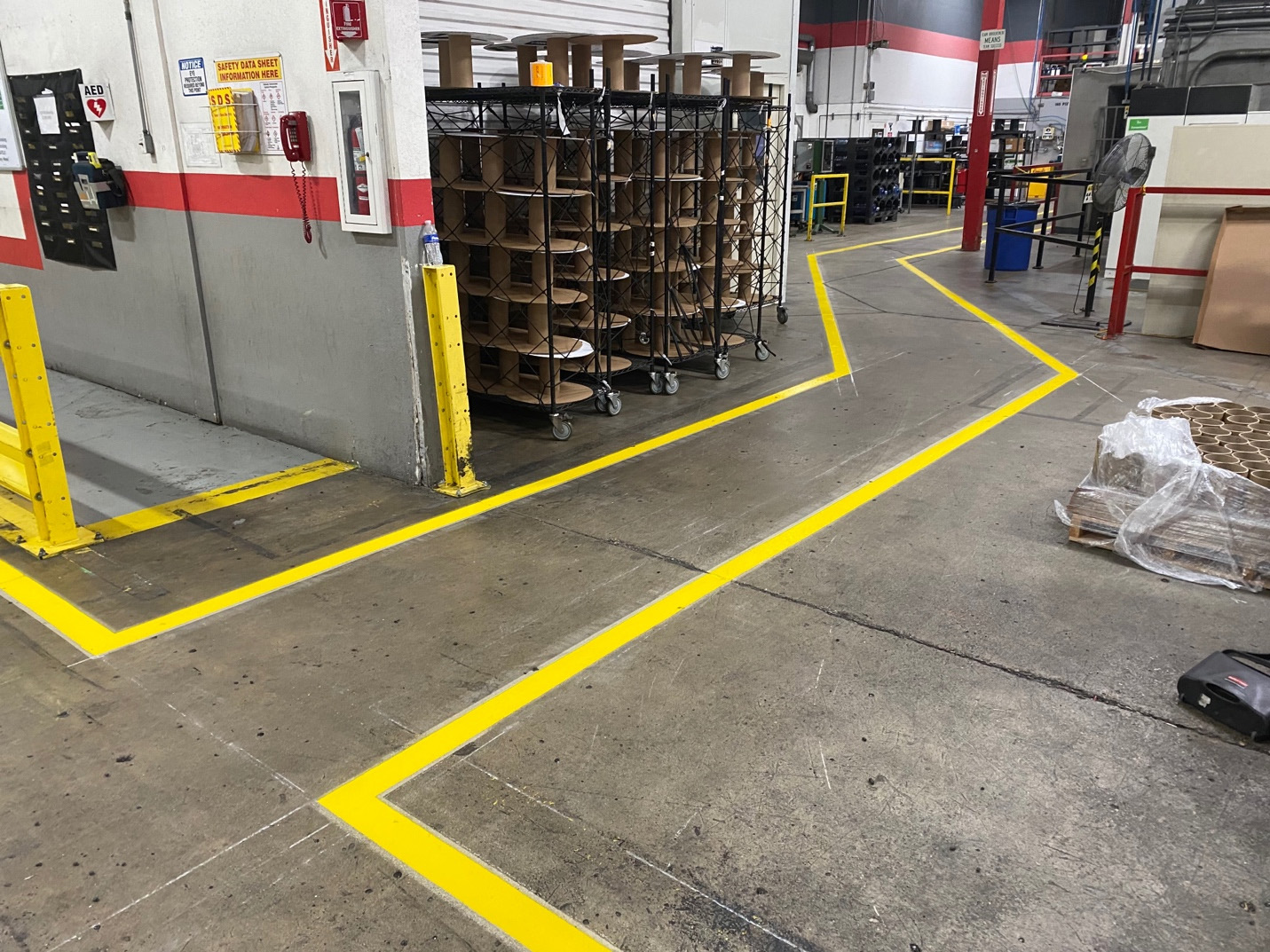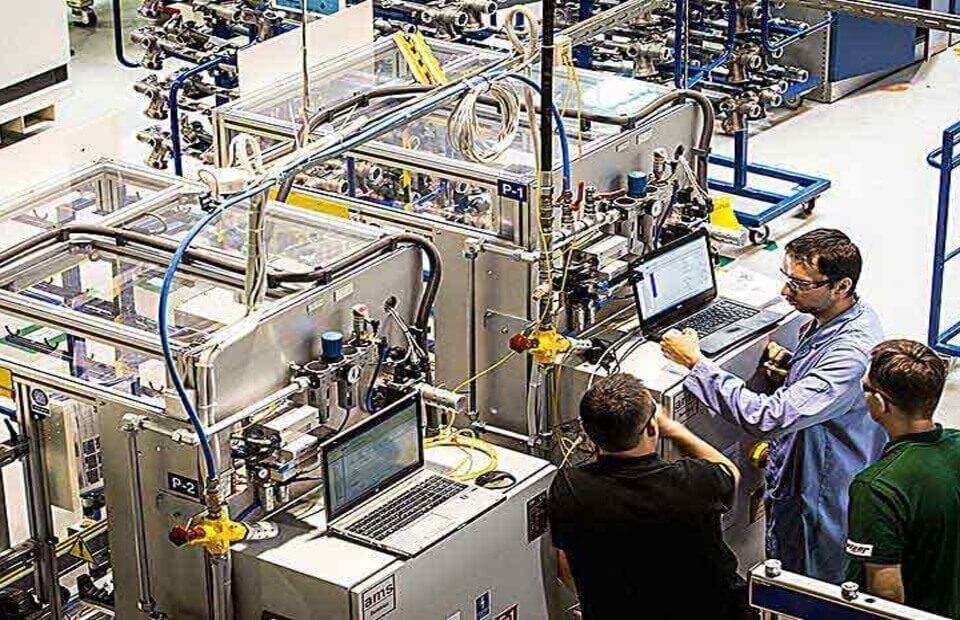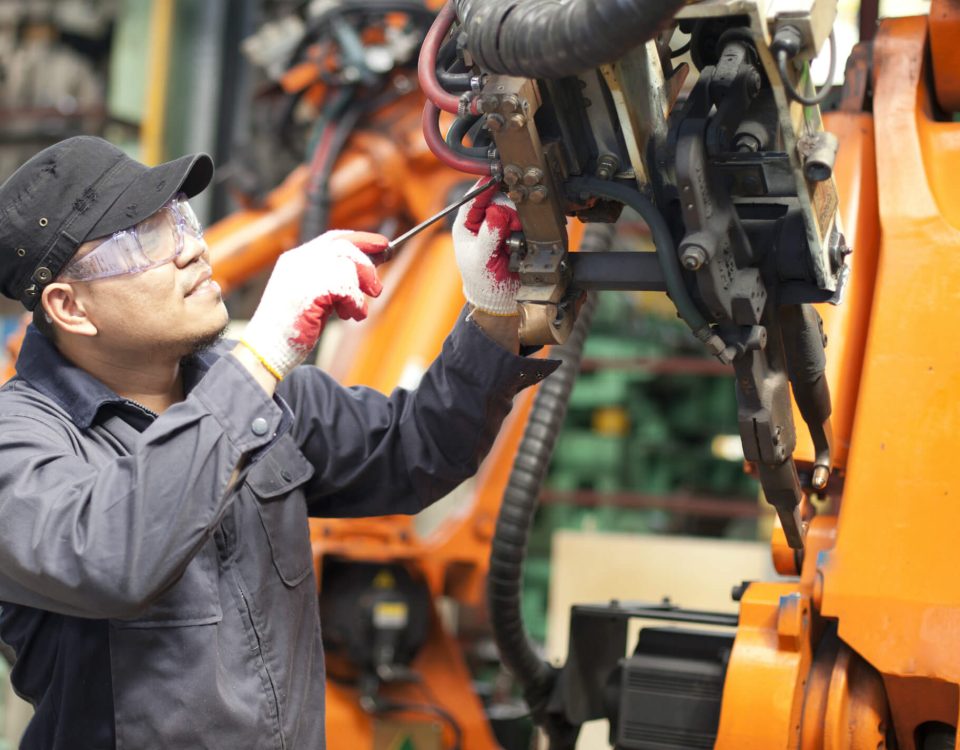
Forklift Safety Essentials: Proactive Strategies to Prevent Workplace Hazards
July 18, 2022
Unlocking 5S Excellence with Shadow Boards
July 18, 2022
Forklift Safety Essentials: Proactive Strategies to Prevent Workplace Hazards
July 18, 2022
Unlocking 5S Excellence with Shadow Boards
July 18, 2022In fast-paced industrial environments, prioritizing safety is non-negotiable. One of the simplest yet most impactful strategies is ensuring well-defined pedestrian walkways. This guide explores actionable steps to enhance safety through effective walkway markings, from choosing the right colors to ongoing maintenance and staff training. Implementing these strategies can significantly minimize risks and improve operational efficiency.
1. Defining Walkways with Clear, Continuous Markings
Bright and consistent markings form the foundation of safe pedestrian pathways. Use vibrant yellow lines for high visibility under varying lighting conditions. Ensure pathways are uninterrupted to promote smooth pedestrian and vehicle flow. Highlight fire exits and emergency routes with bold red markings to leave no room for confusion during critical situations.
2. Maintaining Walkway Surfaces for Longevity and Safety
A safe walkway requires more than good markings—it demands consistent upkeep. Prioritize regular inspections to address cracks, uneven surfaces, or trip hazards. Swiftly clear debris and spills to prevent accidents. Reapply paint to keep walkway lines clear and visible. Relocate or secure loose cables away from pedestrian areas to eliminate potential risks.

3. Enhancing Safety with Railings
Physical barriers such as railings or guardrails provide an extra layer of protection along walkways adjacent to vehicle traffic. These barriers reduce the likelihood of pedestrian-vehicle collisions. Install handrails along staircases and slopes to help prevent slips, particularly in high-traffic areas or environments with heavy equipment.
4. Securing Intersections to Prevent Conflicts
At intersections where pedestrians and vehicles cross paths, additional safeguards are essential. Use gates, barriers, and highly visible signage to define safe crossing points. Integrate flashing lights and audible alarms to increase awareness in busy zones. Reducing the number of intersections can also help streamline movement and minimize risks.
5. Continuous Improvement Through Inspections and Training
Commitment to safety is an ongoing process. Schedule routine walkway inspections to identify and address hazards promptly. Regularly review the visibility and condition of walkway markings. Equally important is educating employees—conduct training sessions on proper walkway use and safety protocols. Annual refresher courses can reinforce a safety-first mindset across the workforce.
Fostering a Culture of Safety in Industrial Settings
Pedestrian walkway safety is a collaborative effort that blends proactive planning, meticulous maintenance, and ongoing training. By implementing these measures, businesses can create a secure and efficient workspace for their teams. For expert guidance on safety solutions and tailored advice on workplace signage, trust EZSecur. Visit us at www.ezsecur.com to learn more.





